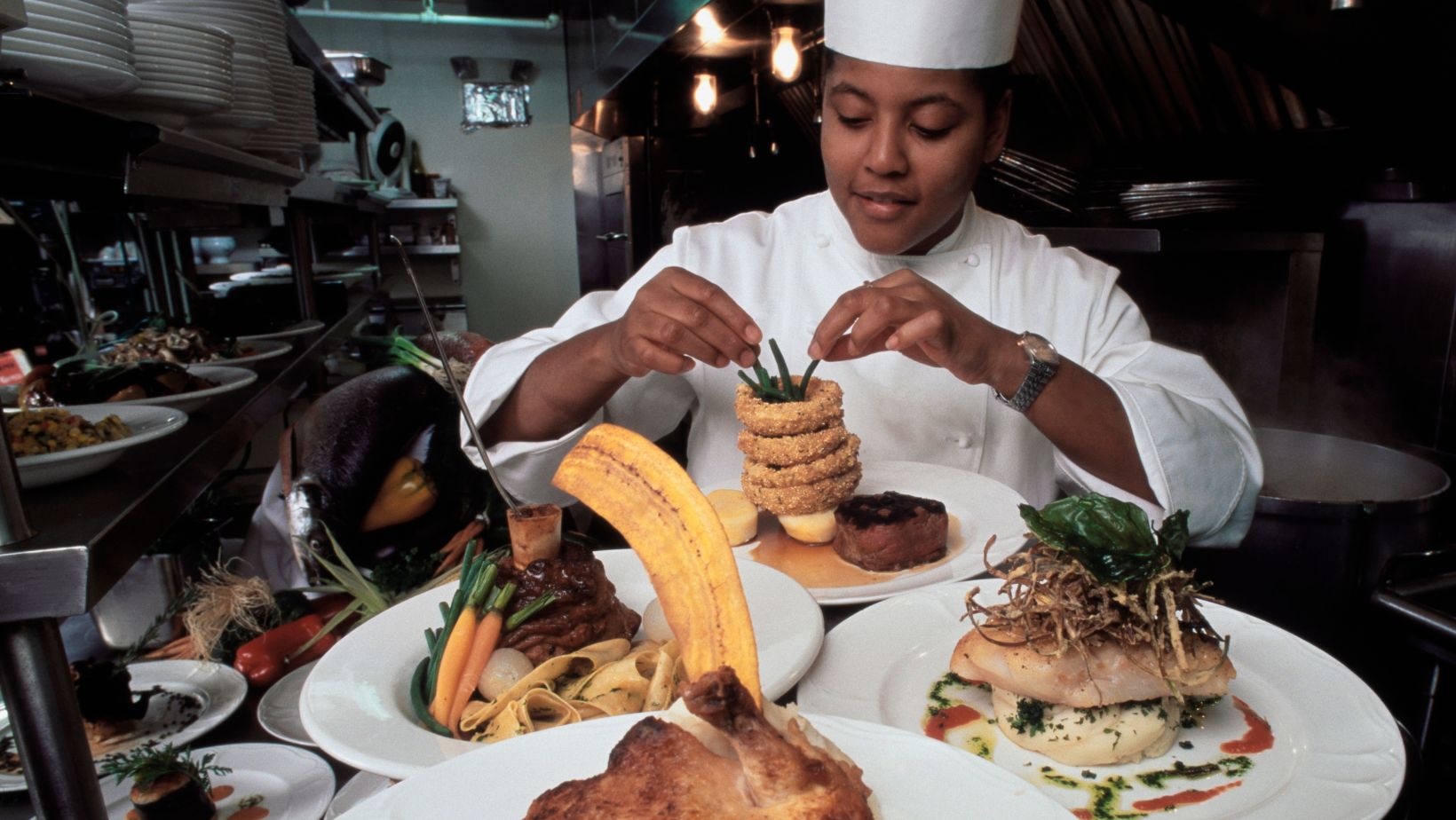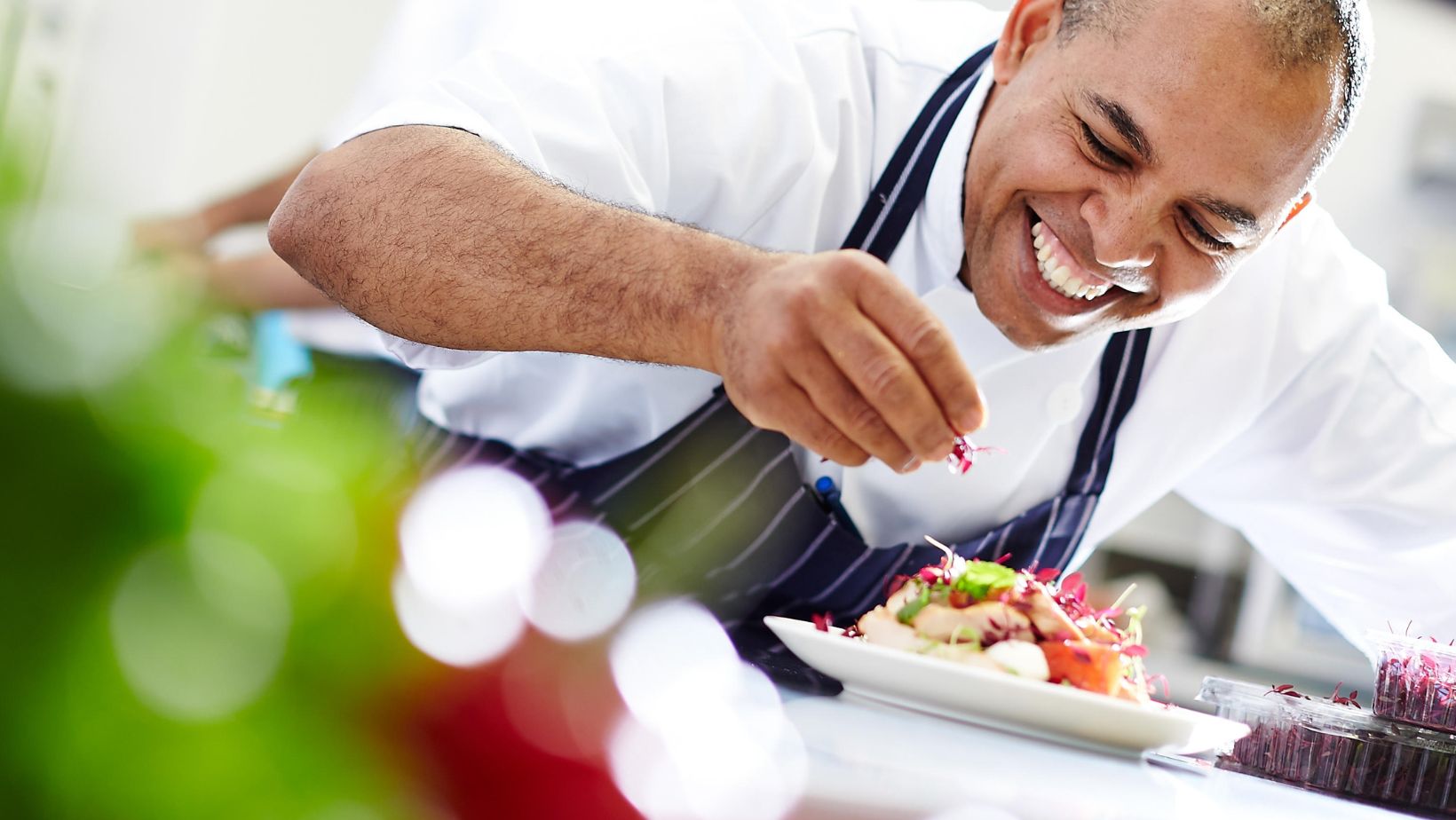
Embarking on a career as a personal chef can open up a world of culinary opportunities. But every personal chef decides whether to work full-time for a single client or venture into the more flexible realm of freelancing multiple clients. This decision significantly impacts your salary structure, job stability, and satisfaction.
Let’s dissect these two options to help you choose the most fulfilling path.
Full-Time Personal Chef
As a full-time personal chef, you are employed by a single client or family and receive a regular salary. Your main responsibilities include planning and preparing meals, often for every day of the week. On the bright side, with a steady paycheck, you enjoy financial stability and predictability, a rarity in the culinary world.

According to Salary.com, a Personal chef salary in the United States typically averages between $75,535 and $101,349 annually, plus benefits. The salary depends on factors such as experience level, additional skills, education, etc. In competitive markets like New York or LA, or if you serve high-profile clients, the income can even exceed $100,000.
One limitation here is the loss of independence. Since you will exclusively work for one household, you must adapt to their tastes and dietary requirements, which limits your culinary creativity. Moreover, you have to honor the contract’s stipulations, which might involve staying with the client for an extended period, impacting work-life balance.
Freelance Personal Chef
Freelancing as a personal chef offers autonomy and diversity. Freelancers typically serve multiple clients, preparing meals in their kitchens or delivering ready-to-eat meals. You can control your schedule, client list, and, most importantly, your menu. This model allows for a wide variety of culinary experiences and seasons your skills as you cater to different palates.
Freelancers usually charge per cooking session, considering the number of meals, the type of dishes, and the ingredients used. You can earn between $100-$400 daily per job as a freelancer. Consequently, if you are industrious, your annual earnings might exceed those of a full-time position.

However, the flip side of freelancing is income instability. Some weeks, you may have a calendar full of bookings, while others, it could be sparse. Plus, there are overhead costs such as transport, tools, and marketing. Also, you are responsible for managing all aspects of your business, from customer service to bookkeeping, which is time-consuming and often unpaid.
The Verdict
Choosing between a full-time job or freelancing as a personal chef boils down to your preference for stability vs. independence. If financial predictability, defined work hours, and focusing solely on culinary tasks appeal to you, a full-time role might be your calling. However, freelancing offers a dynamic career path if you yearn for kitchen independence, savor the variety, and can embrace the uncertain (but potentially lucrative) income.
Regardless of the route you choose, both demand a unique set of culinary skills, passion, patience, and dedication. Ultimately, with the right clientele and top-notch dishes, you can carve out a successful career as a personal chef, cooking up a storm and savoring your own slice of the culinary world.
Bob Duncan is the lead writer and partner on ConversationsWithBianca.com. A passionate parent, he’s always excited to dive into the conversation about anything from parenting, food & drink, travel, to gifts & more!
